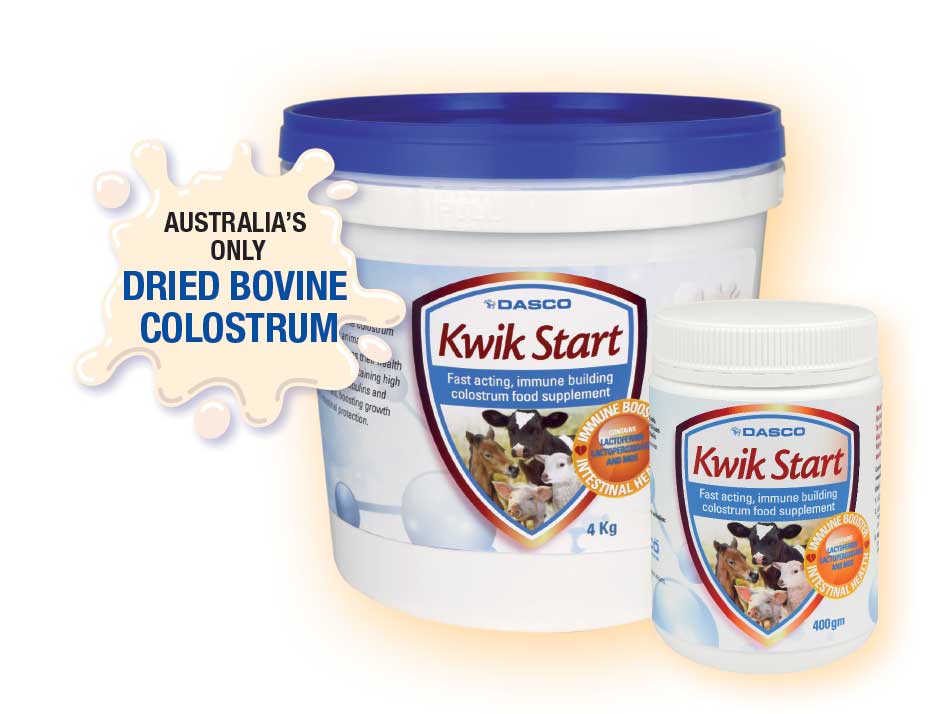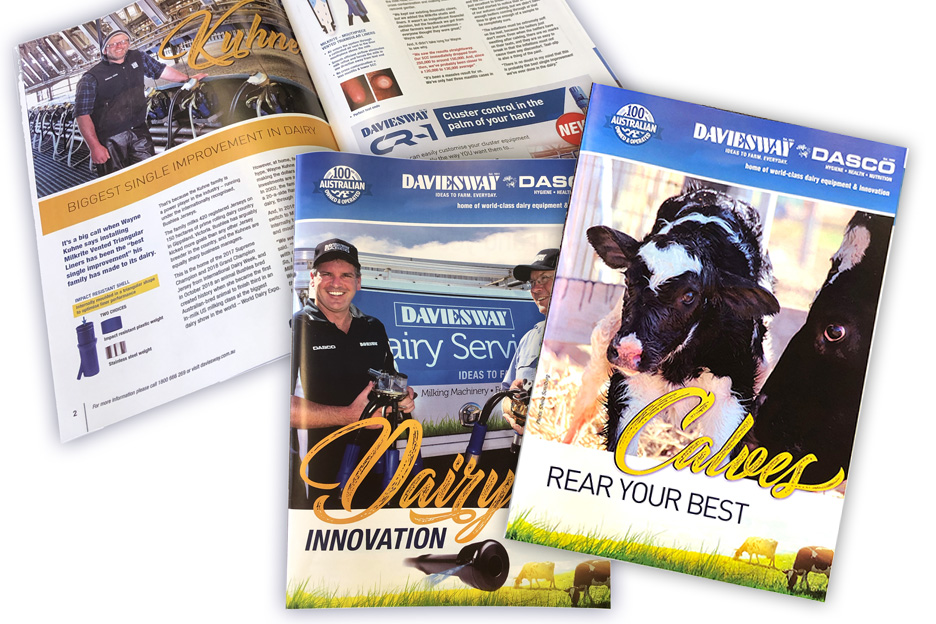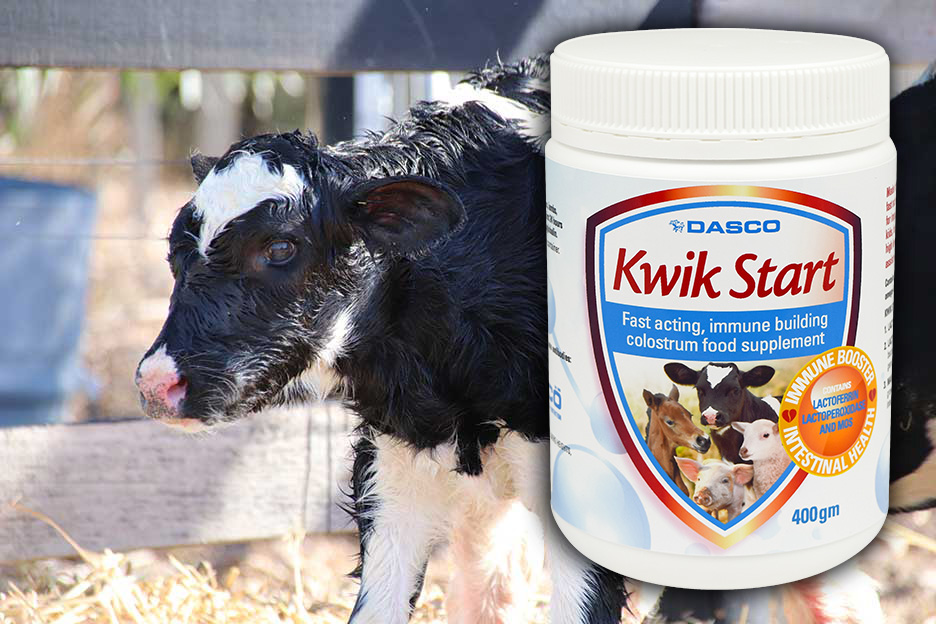
For more product information on Kwik Start. Click here
A newborn calf’s immunity is similar to that of a cancer patient, according to one of Australia’s premier dairy veterinarians, Rob Bonanno.
A former president of Australian Cattle Veterinarians, Rob most recently worked as the head vet at Coomboona Farms in northern Victoria, following positions in the United States and China. He is now a Dairy Herd Health Consultant with Apiam Animal Health to help troubleshoot and solve health issues within Australian herds. Rob has worked in large animal practice his entire career, as well as owning and operating his own dairy farm.
His comments comparing newborn calves and cancer patients was in response to recommended numbers coming out of the USA, which state newborns should be fed 10% of their bodyweight in two feeds of colostrum within six hours of birth.
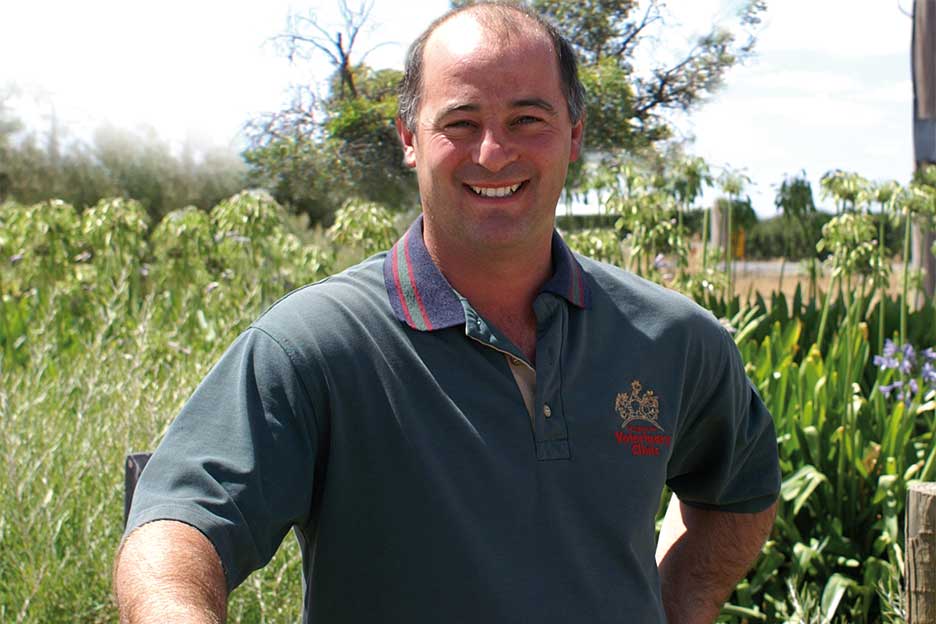
> Rob Bonanno
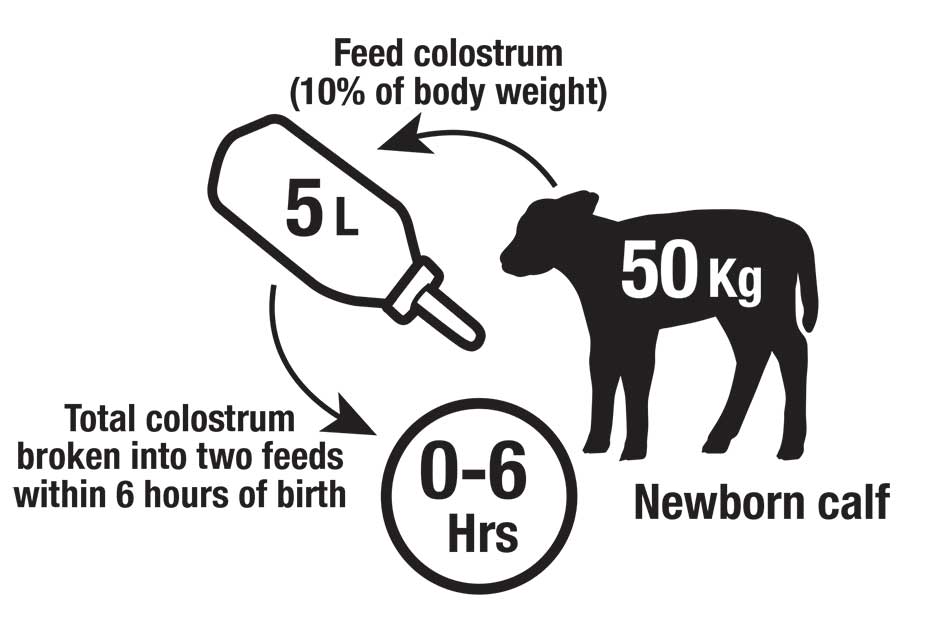
NO IMMUNITY AT BIRTH
He draws the link between a calf and cancer patient’s immunity to graphically illustrate just how vulnerable calves are.
That’s because for the first two to three weeks of their life, calves have no immunity to disease or bacteria – save for the initial passive immunity transfer (PIT) of antibodies (IgG) they get from their dams’ colostrum.
By the time a calf is 12 hours old, that PIT number is as low as 20%. At 24 hours, the percentage has plummeted to just 5%.
“I kind of picture feeding colostrum as a window that is slamming shut from the time the cow calves,” Rob says. “You get one chance to achieve PIT.”
COLOSTRUM STOPS AT CALVING
It is also important to note that a cow stops making colostrum as soon as she calves.
So if the cow is milked late, the colostrum she made before calving is diluted by the milk she made post calving.
And, finally if the dairy producer doesn’t harvest, store or feed the colostrum hygienically, the calf’s chance of survival takes another big hit.
Rob says suckling is always the best and first choice, and suggests tubing any balance the calf doesn’t take voluntarily to achieve the right quantity.
He says there is good reason to target feeding a 50-kilogram newborn calf five litres of colostrum.
“We make up for the vagaries around the quality of colostrum with the quantity we’re recommending,” Rob says. “If you feed a calf 10% of its bodyweight with a mediocre or better quality colostrum, it will still get the 100 grams of IgG it needs.”
PROACTIVELY FIGHT EARLY CALF DISEASE
He says one of the easiest suggestions for farms struggling with early calf diseases is to move from once-a-day calf collections to twice-a-day. This tightens the window for harvesting and feeding quality colostrum.
“The reality is that one third of calves left to suckle off their mothers are going to fail to achieve PIT. And, believe it or not, by simply collecting the calves more often, you can have a significant impact on that result.
“I truly believe that the first four to six weeks of a calf’s life have been grossly underestimated within predicting the life-long performance of that animal.
“You cannot have high herd performance if you have poor first-lactation performance – and, there is starting to be objective data proving this.
“People who say it doesn’t matter what a heifer’s performance is because they make up for it as a cow, I call, ‘bullshit’.
“The productivity of your first-lactation animals is the key determinant in the whole herd’s productivity.”
MILK BACTERIA LEVELS DOUBLE EVERY 20 MINS
Ultimately, hygiene across the board, attention to detail and the human factor remain key parts of the equation.
“Bacteria levels double in the milk every 20 minutes that the milk sits in a bucket at 20 degrees Celsius, ambient temperature,” Rob says. “So, if that happens and then you use a dirty bottle, you are potentially feeding newborn calves ‘bacteria soup’, and calling it colostrum. If you’re trying to kill them, that’s the way to do it.
“I work on the theory: if you wouldn’t feed your child out of a dirty bottle, why would you feed a calf milk from a dirty bottle?”
GOOD NEWS
The good news is that along the information highway of technology there also travels an equal amount of ongoing solutions and break throughs.
Australian-owned and operated company Daviesway has four time-saving solutions already in the mix for this autumn’s calving – aimed directly at calf health. One of them is a potential game changer for the colostrum conversation.
Daviesway manufactures the only dried bovine colostrum in Australia. It means dairy producers can now choose to fortify colostrum with Kwik Start.
Kwik Start carries high levels of immunoglobulins and anti-bacterials – designed to help establish immunity and intestinal protection for newborn calves, kids, lambs and foals. Furthermore, it also contains whey protein, omega-3 and omega-6 fatty acids, vitamins and minerals.
“I will always recommend as a first choice to feed high quality, fresh colostrum,” Rob says, “because there are specific and unique antibodies needed on every property that are produced by the cow. But if you only have poor quality colostrum, then fortifying it may help.
“Every dairy farmer should have some colostrum booster on hand, because half of something is better than all of nothing.
“So, if there is an issue with the quality of colostrum, or if there are a lot of heifers calving, a colostrum booster is an alternative.”
As always, Rob says successful calf rearing comes down to feeding the right quality and quantity of colostrum quickly.
“The human factor is the biggest problem. If there are calf-scour problems, there is always a pathogen involved, but ultimately the cure is more about the management.
“Vaccinations and treatments are not the silver bullet. It’s about doing everything right along the way.”
Kwik Start is a colostrum supplement which boosts or replaces colostrum for newborn calves. It carries high levels of the immunoglobulins and antibacterials that are needed to give calves a flying start.

